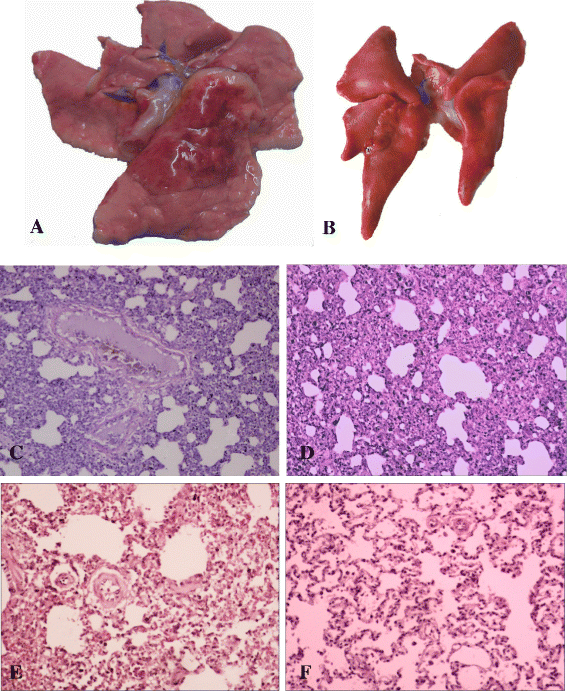Avian influenza virus H9N2 infections in farmed minks
- PMID: 26527402
- PMCID: PMC4630874
- DOI: 10.1186/s12985-015-0411-4
Avian influenza virus H9N2 infections in farmed minks
Abstract
Background: The prevalence of avian H9N2 viruses throughout Asia, along with their demonstrated ability to infect mammals, puts them high on the list of influenza viruses with pandemic potential for humans. In this study, we investigated whether H9N2 viruses could infect farmed minks.
Methods: First, we conducted a serological survey for avian influenza virus antibodies on a random sample of the field-trial population of farmed minks. Then we inoculated farmed minks with A/Chicken/Hebei/4/2008 H9N2 viruses and observed the potential pathogenicity of H9N2 virus and virus shedding in infected minks.
Results: H9 influenza antibodies could be detected in most farmed minks with a higher seropositivity, which indicated that farmed minks had the high prevalence of exposure to H9 viruses. After infection, the minks displayed the slight clinical signs including lethargy and initial weight loss. The infected lungs showed the mild diffuse pneumonia with thickened alveolar walls and inflammatory cellular infiltration. Influenza virus detection showed that viruses were detected in the allantoic fluids inoculated supernatant of lung tissues at 3 and 7 days post-infection (dpi), and found in the nasal swabs of H9N2-infected minks at 3-11 dpi, suggesting that H9N2 viruses replicated in the respiratory organ, were then shed outwards. HI antibody test showed that antibody levels began to rise at 7 dpi.
Conclusions: Our data provided the serological and experimental evidences that strongly suggested farmed minks under the natural state were susceptible to H9N2 viral infection and might be the H9N2 virus carriers. It is imperative to strengthen the H9N2 viral monitoring in farmed minks and pay urgent attention to prevent and control new influenza viruses pandemic prevalence.
Figures



References
Publication types
MeSH terms
Substances
LinkOut - more resources
Full Text Sources
Other Literature Sources

